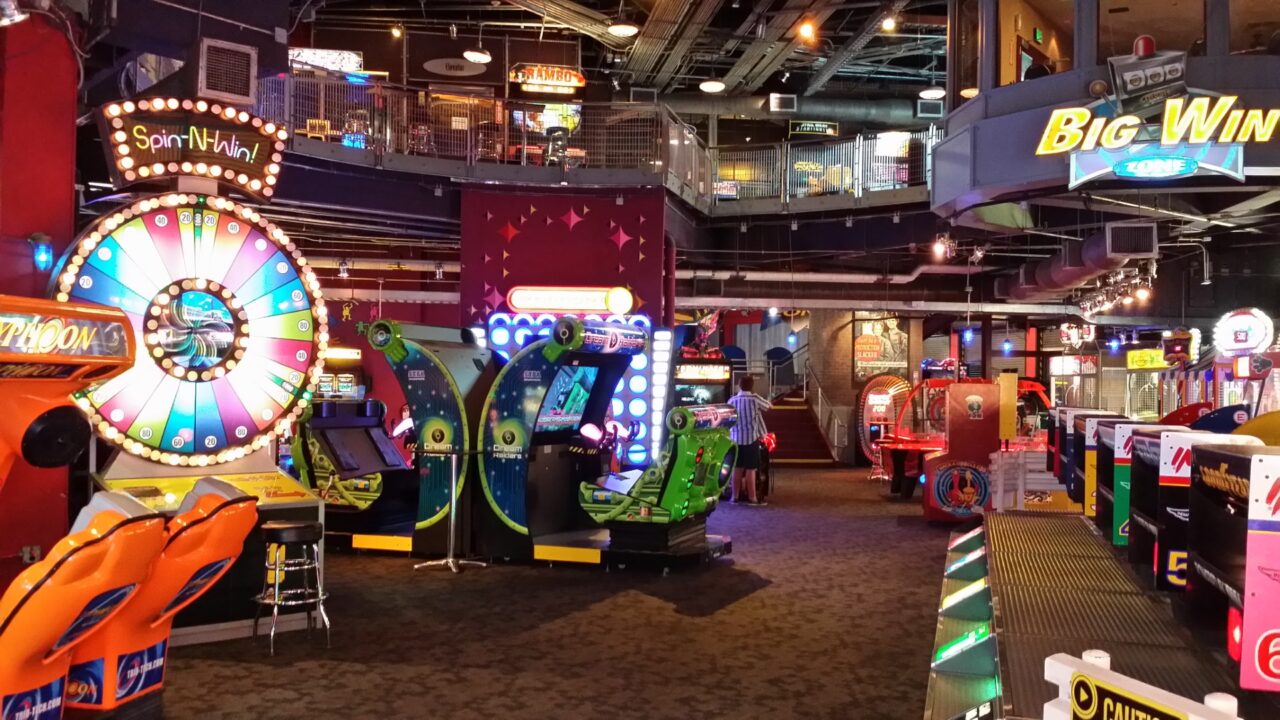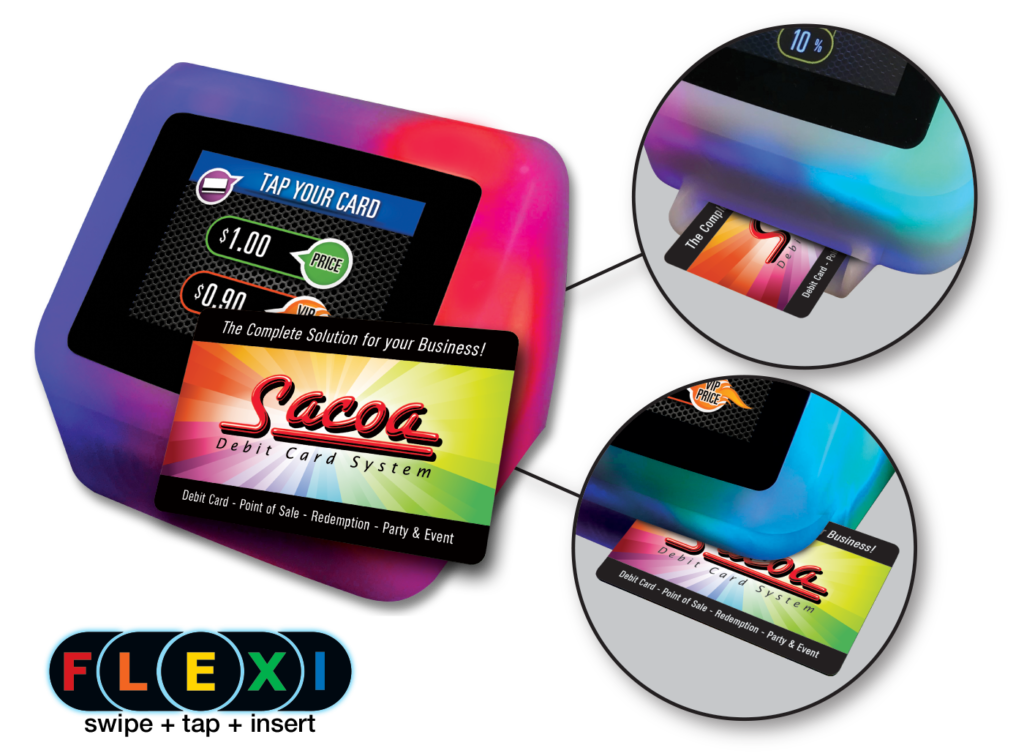HISPANICS IN GAMES – Argentina’s Great Sacoa: Arcades, Innovation and Taxes

Welcome to another entry into Hispanics in Games, the column dedicated to highlighting Hispanic heritage in video games! We’ve been hard at work over the past few months, covering developers, games and characters. But I thought it’d be cool to also cover historic locations and companies. Just like we talked about Stroessner mad bootleg industry in Paraguay, today I want to talk about another South American staple: Sacoa. This coin-op franchise grew in popularity during the 80s and 90s, and everyone in the Rio de la Plata region knows who they are. For everyone else, let’s talk about how this Argentinian company shaped the arcade experience of millions.
Humble-ish beginnings
It all started, believe it or not, over 50 years ago. Pretty obvious, then, that this story begins before the popularization of video games. Like many other titans of the video games industry, such as SEGA, Taito and CAPCOM, Sacoa started with coin-operated analog entertainment. They also had amusement parks. As the years went on, the industry shifted towards video games, and the arcade experience was born.
Sacoa was a pioneer in incorporating arcade machines, and they jumped to fame in the 1980’s and 1990’s. Most coastal towns in Argentina had a Sacoa arcade during this time, in particular Buenos Aires and Mar del Plata. And this is where I come in.
Making memories
From the mid to late 90s, my family went on vacation to Mar del Plata. A historical resort in Argentina, this city oozed with entertainment, pleasure and culture. My older brother and I would bond over trying not to freeze in the ocean, going to haunted houses… and going to Sacoa.

For people like me, who grew up in rural areas of an admittedly rural country, Sacoa was an oasis of technology. I’d never seen an arcade machine before. My most advanced video games experience was a friend’s Super Nintendo. So, jumping into Daytona USA (SEGA, 1993) was nothing short of a religious experience.
But it wasn’t just the games themselves. Sacoa was always quite good at making the experience unique, and innovation was their bread and butter.
A Credit Card for Kids
When I first started going to Sacoa, you bought tokens, like at any other arcade. But later on in the 90s, something changed. Sacoa introduced one of the first magnetic cards for use in amusement parks and arcades. Kids no longer had to carry around coin-like tokens. We now had our own “credit cards”, much like our parents. And we saw that it was cool.
This experience eventually evolved into the Sacoa Cashless System. An amusement industry-oriented, magnetic-card centric payment POS, the SCS not only revolutionized the economy of arcades, but provided Sacoa with the most coveted asset of all: coolness. We wanted to flaunt we had a Sacoa card. We knew other kids understood what they allowed us to do. For parents, it was easy to reload and harder to lose than tokens.
The Sacoa Cashless System is now a worldwide standard, and I was there at the start of it all! But sadly, it’s not all innovation, fod memories and rainbows.
Sacoa’s Administrators Are Sometimes Its Worst Enemies
Sadly, the same people who helped build Sacoa into an empire of fun and innovation are also responsible for its hardest downfalls. This is a trait that Sacoa sadly shares with other industry titans, like Ubisoft and EA. In Sacoa’s case, two incidents stand out the most.
Firstly, in 2019, the company fell foul of Argentina’s tax evasion prevension agency. The federal watchdog accused Sacoa of using intra-company shenanigans to cheat out of a cool 47 million pesos in taxes (around US$ 570.000). The company has since been ordered by a federal judge to initiate a payment plan to settle its debt.
Then, as recently as a few months ago, news started to surface that Sacoa had failed to pay the salaries of over 400 of its employees. Since then, the company has closed one of its flagship locations in Córdoba, Argentina, as they are part of the industry which reported losses of over 1.5 billion Argentinian pesos (US$ 18 million) due to COVID-19.
What’s next for Sacoa?
Well, nobody knows, really. It is 2020 after all. In terms of its legal troubles, the company has already started making amends with both the Federal government in Argentina and its disgruntled employees.
The company’s export of its point-of-sale system is ensuring at least some cashflow into the coffers during the COVID lockdowns.
But I doubt that the Córdoba store will be the last one to close. The fact that Sacoa has been able to keep many arcade locations open is already a miracle, and I suspect 2020 will be the last nail in the coffin for many stores around the country.
This is sadly a destiny shared with most arcade venues around the world. Nothing but memories endure for the majority of arcade parlors worldwide. But for me, sitting down side by side with my brother to play Daytona USA is engraved in my brain. And a similar memory is etched onto millions of brains around South America.
Despite faults with administration procedures and the demise of many of its locations, Sacoa has already achieved something most companies can only dream of: to forever endure in the fond memories of its patrons.
Categorized:Editorials


